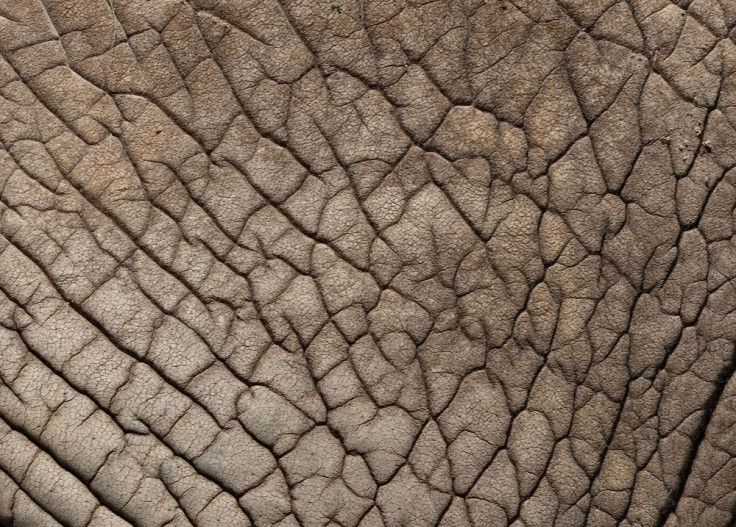Study Reveals Body's Secret To Skin Regeneration, Rejuvenation: What Fibroblast Cells Can Teach Us About Skin Health

New insights into skin cells may have a tremendous impact on wound healing, scar treatment, and skin rejuvenation. In a new study from King’s College London, researchers provide a new, more detailed description of the minute biological processes whereby cells maintain skin health and growth. The findings hint at a variety of possible improvements to current care.
Previous scientific studies have linked many important factors of skin health to the day-to-day business of fibroblasts – a cell type found in connective tissue. These cells are believed to drive the production of collagen and other proteins associated with younger, firmer, and more elastic skin. The new study, which is published in the journal Nature, sought to refine the current understanding of these cells.
Using samples from mice, the researchers show that there are at least two different types of fibroblasts. Whereas cells occurring in the upper layer of connective tissue drive the formation of hair follicles, those in the lower layer are responsible for collagen production and skin reparation. According to lead author Fiona Watt, this discovery could make it possible for physicians and dermatologists to selectively promote specific factors of skin health.
“Changes to the thickness and composition of the skin as we age mean that older skin is more prone to injury and takes longer to heal,” she explained in a press release. “It is possible that this reflects a loss of upper dermal fibroblasts and therefore it may be possible to restore the skin's elasticity by finding ways to stimulate those cells to grow. Such an approach might also stimulate hair growth and reduce scarring.”
Aside from advancing the science of rejuvenation, the study’s results could also have major implications for trauma care. “These findings are an important step in our understanding of how the skin repairs itself following injury and how that process becomes less efficient as we age,” co-author Paul Colvillle-Nash told reporters. “The insights gleaned from this work will have wide-reaching implications in the area of tissue regeneration and have the potential to transform the lives patients who have suffered major burns and trauma.”
The current study is the latest in a growing series of inquiries into skin regeneration and restoration. In a related study published earlier this year, researchers from the University of Grenada describe a new restorative technique that can be used to generate artificial skin from umbilical cord stem cells. Hopefully both studies will dermatologists and surgeons devise new treatment strategies for a range of injuries.
Source: Ryan R. Driskell, Beate M. Lichtenberger, Esther Hoste, Kai Kretzschmar, Ben D. Simons, Marika Charalambous, Sacri R. Ferron, Yann Herault, Guillaume Pavlovic, Anne C. Ferguson-Smith & Fiona M. Watt. Distinct fibroblast lineages determine dermal architecture in skin development and repair. Nature 504, 277–281 (12 December 2013)
Published by Medicaldaily.com



























